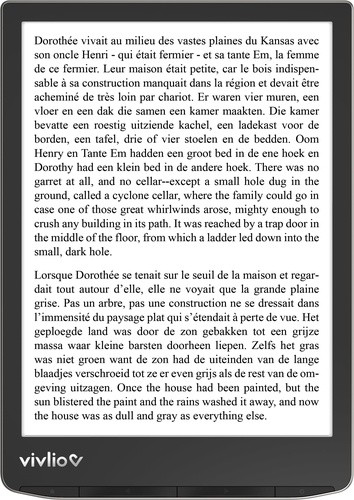En cours de chargement...
Well Logging and Reservoir Evaluation
130,00 €
Neuf
Actuellement indisponible
Résumé
This third book on Well Logging focuses on reservoir evaluation of which the main goal is the determination of the hydrocarbon volume existing in the drilled well and the discovered field. This evaluation requires the determination of several factors: The reservoir volume, which depends on its geometry, in other terms: the lateral extent of each unit composing the reservoir, which is a function of: their depositional environment determining: their thickness, their width, their length, their potential petrophysical properties; the dips and shapes of their boundaries. The reservoir tectonic and stratigraphic settings (spatial and temporal position); so: the type of trap: fold, fault, stratigraphic; the presence of fractures. The reservoir mineralogical composition. The hydrocarbon volume in place and extractible, which depends on: the saturation of hydrocarbon in each unit composing the reservoir, which depends on: - the total pore volume of each unit composing the reservoir, of which the petrophysical properties depend on: the pore size, which is a function of the texture, which depends on: the grain size; the grain sorting; the grain packing, for detrital deposits; the crystal size for biochemical deposits; the cement percentage, the diagenetic effects (compaction, cementation, transformation, dolomitization, dissolution...) undergone since the deposition of the sediment; and controls the permeability, the hydrocarbon type. The permeability which depends on sedimentary features, fractures, dissolution and fluid type. The production potential that is a function of the permeability and the reservoir pressure. The determination of these factors will be considerably improved using a complete logging set including images of the borehole wall and nuclear magnetic resonance data and their interpretation by a team including geologist, geophysicist, petrophysicist and reservoir engineer. The depositional environment can be precisely determined from well logging data, possibly calibrated on core data, taking into account: The facies of each depositional unit (composition, texture, internal structure, thickness); The type of facies succession composing genetic increment and genetic sequence. This determination, completed by the detection of the faults crossed by the well, will allow a more precise interpretation of seismic data and consequently a better modeling of the reservoir.
Sommaire
- Interpretation methodology
- Reservoir general parameters
- Reservoir properties of each bed
- Interpretation programs
Caractéristiques
-
Date de parution01/09/2007
-
Editeur
-
ISBN978-2-7108-0881-7
-
EAN9782710808817
-
PrésentationBroché
-
Nb. de pages250 pages
-
Poids0.745 Kg
-
Dimensions21,0 cm × 30,0 cm × 1,4 cm
Avis libraires et clients
Avis audio
Écoutez ce qu'en disent nos libraires !





